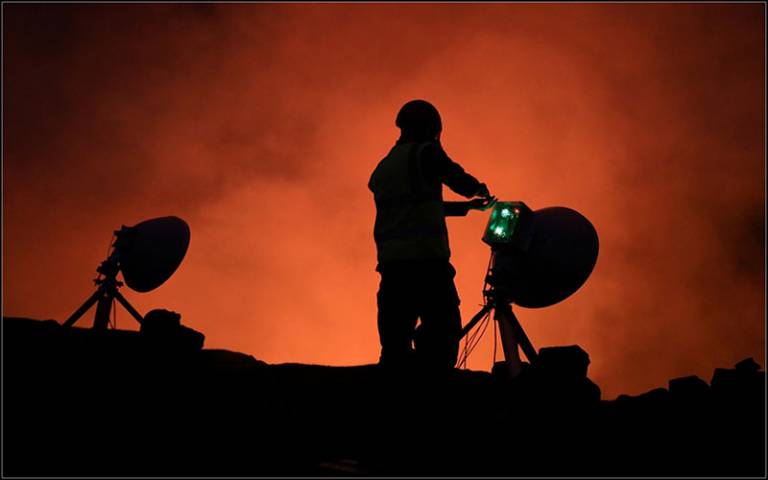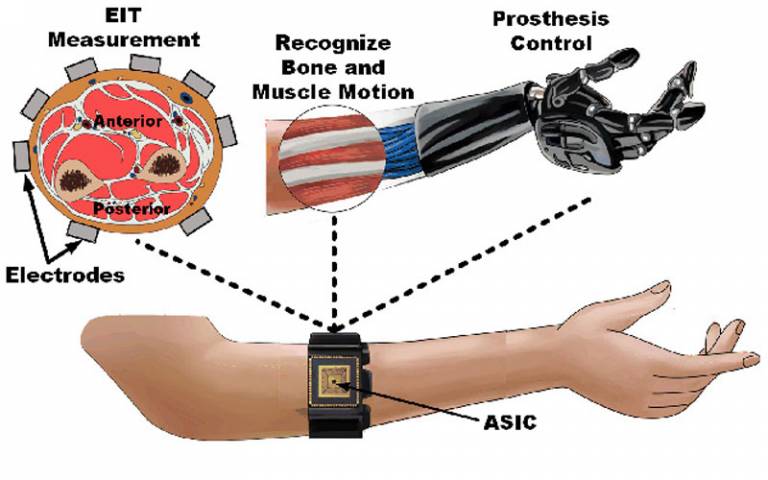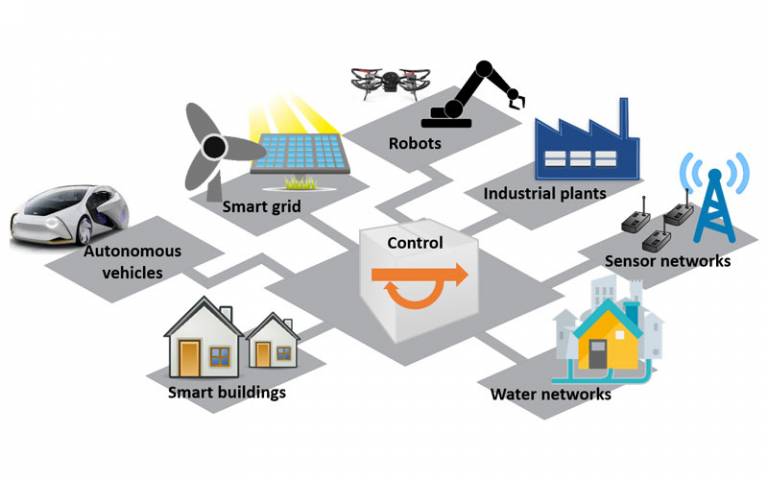The Sensors Systems and Circuits group undertakes research into new systems and techniques, carrying on the department's tradition of innovation and excellence
Overview
The Sensors Systems and Circuits Group undertakes research into new systems and techniques in the broad areas of:
- Sensors (Radar/RF/acoustic and medical);
- Circuits (including analogue and mixed-signal integrated circuit design for biomedical and industrial applications);
- Signal processing (for radar and medical imaging and control engineering);
- Control systems.
The Group builds on the tradition of innovation and excellence set by Professor Harold Barlow, Professor Alex Cullen and Professor DEN Davies. New technologies are presenting new opportunities and applications in this research area, allowing radical changes in the way that such systems can be exploited.
People
Research Themes
Our work is divided into three key areas.
- Radar and Antenna Systems

- Radar systems and signal processing, including bistatic and netted radar, multifunction phased array radar, waveform design, synthetic aperture radar, non-co-operative target recognition;
- The Group is internationally renowned for its work in multistatic RF sensing using both the NetRAD and the future generation NeXtRAD radar sensor platforms;
- Geophysical-imaging radar, including monitoring of Antarctic ice thickness, volcano lava lakes;
- Radar Signal Processing, by applying machine learning techniques to analyse micro-Doppler signatures from people, drones and birds;
- Sonar signal processing and synthetic aperture sonar;
- Electromagnetics;
- Antenna arrays and antenna measurements;
- Terahertz systems for sensing and imaging.
- Bioelectronics

Our research focuses on developing technologies for monitoring, diagnostics, therapies and interventions for a variety of diseases and disorders.
Two key research areas are:
- Novel microelectronics and microsystems, integrated with cutting-edge microfabrication, MEMS, optoelectronic and microfluidic technologies, for miniature wearable and implantable devices;
- Biomedical computational modelling, bio-signal processing and imaging.
Research activities include:
Sensing and diagnostics;
- Vital signs monitoring;
- Fast bio-signal signal decoding and processing;
- Lab-on-a-chip for point of care infectious diseases detection;
- Electrical impedance spectroscopy for biomarker analysis;
- Electrical impedance tomography for functional monitoring;
- Device safety monitoring via humidity and temperature sensing;
Neural interfaces;
- Fully implantable closed-loop neural interfaces for the central and peripheral nervous systems for treating diseases and disorders including Parkinson’s disease, epilepsy, paralysis, incontinence, hearing loss, balance disorder and amyotrophic lateral sclerosis;
- Neural spike sorting, local field potential analysis and neural system modelling;
- Nerve repair by integrating microelectronics with stem cell technology.
Drug delivery;
- Energy harvesting, wireless powering and communication.
- Control Engineering

Control Engineering application areas: examples of complex dynamical systems
Our research interests are in the areas of mathematical modelling and analysis of complex dynamical systems, where the presence of uncertainty, nonlinearities and interaction between components and systems are important features.
Research activities include:
- Robust nonlinear control and estimation, particularly via variable structure and sliding mode techniques;
- Model-based fault and anomaly detection methods;
- Fault-tolerant control for large-scale systems;
- Secure control of cyber-physical, networked and interconnected systems;
- Distributed methods for estimation and monitoring using sensor networks.
We are working on several control, estimation and monitoring challenges in the following application areas: water treatment plants, biological systems, defence applications, autonomous vehicles, smart buildings, water distribution networks, power systems and microgrids.
Facilities
The Group has a range of test facilities including an anechoic chamber antenna measurement system, funded by SRIF II.
Collaboration
We collaborate widely, with partners in industry (Thales, BAE Systems, AMS, GlaxoSmithKline, Advanced Bionics, Leonardo, Avanti…), government UK MoD and the Defence Science Technology Laboratories (Dstl), as well as academia (British Antarctic Survey, Cranfield University, University of Pisa, University of Glasgow, Birmingham University, UCL Institute of Neurology, EPFL, University of Cambridge, University of Washington, EPFL (Switzerland), United Technologies Research Center Ireland UTRC-I …). Funding has been secured from a range of sources including EPSRC, NERC, UK-Innovate, EU Framework programmes, UK MoD, via Defence Technology Centres and Towers of Excellence, Office of Naval Research Global and the US Air Force.
 Close
Close

